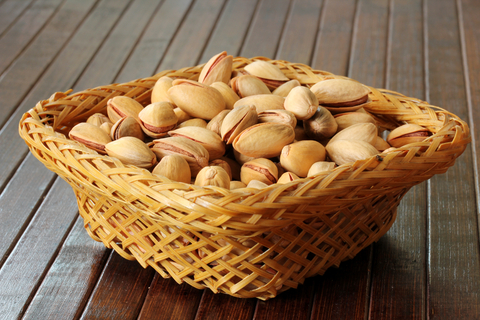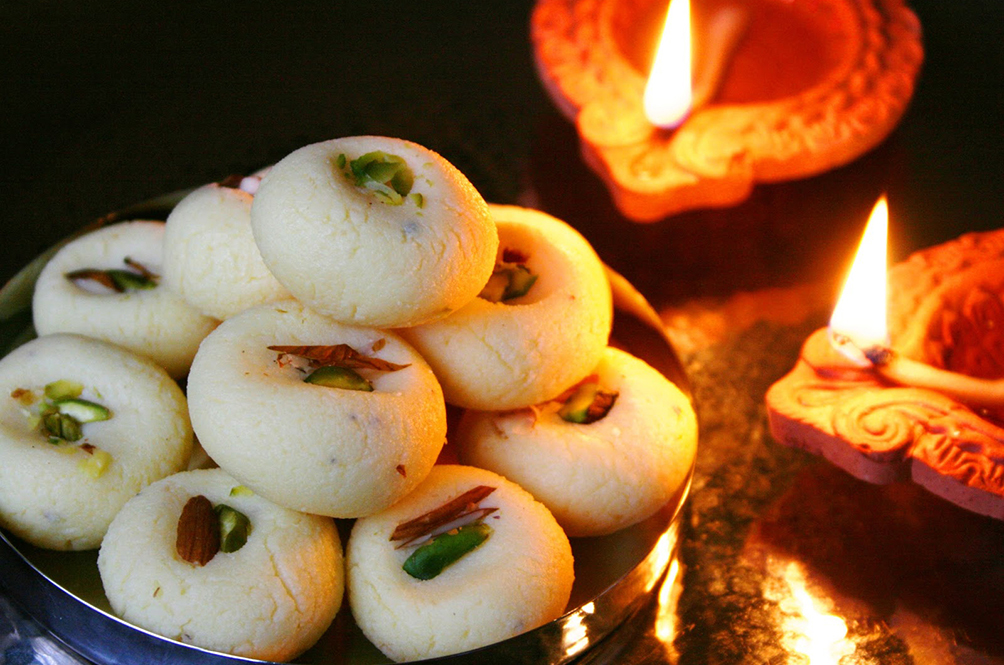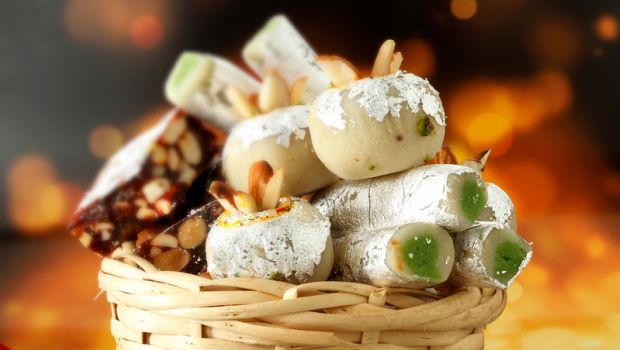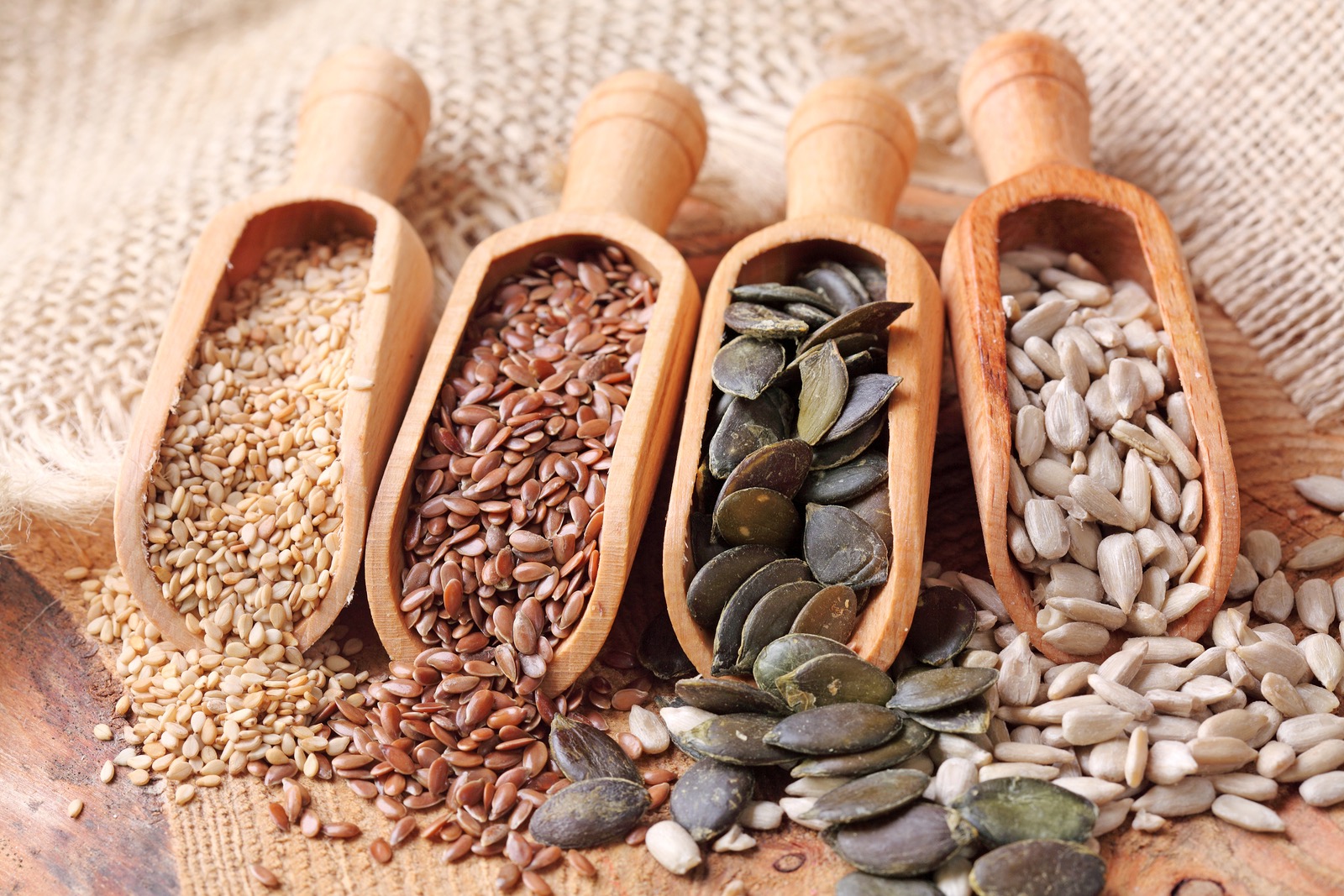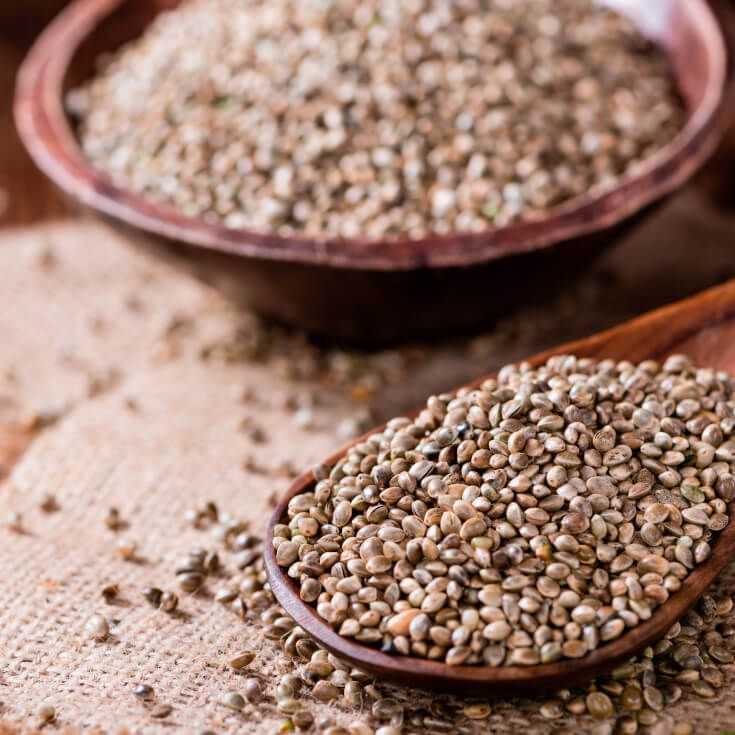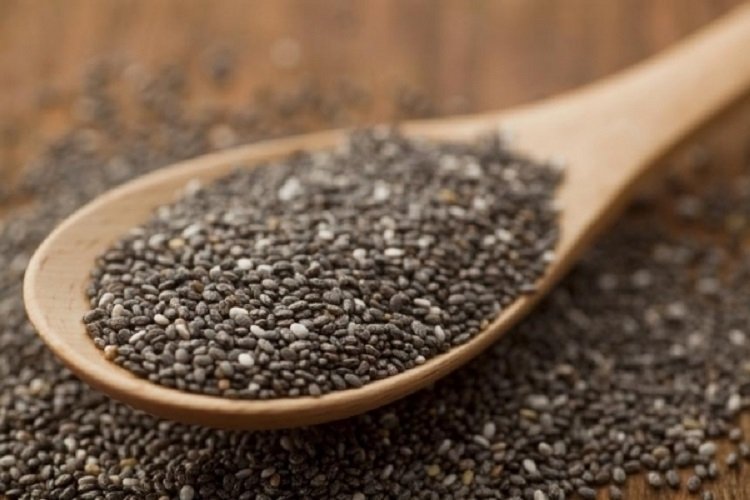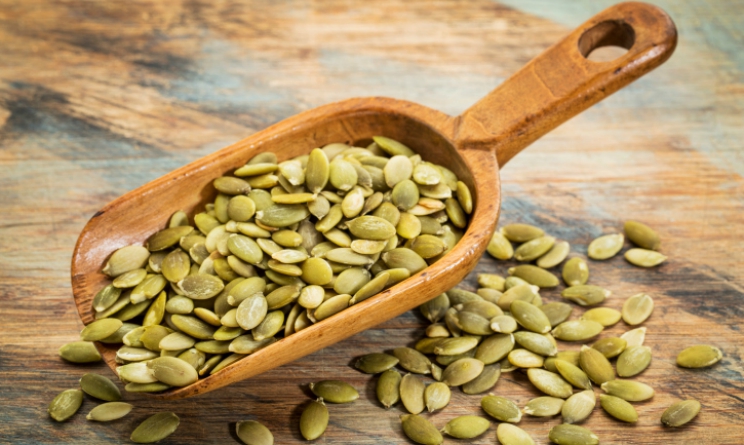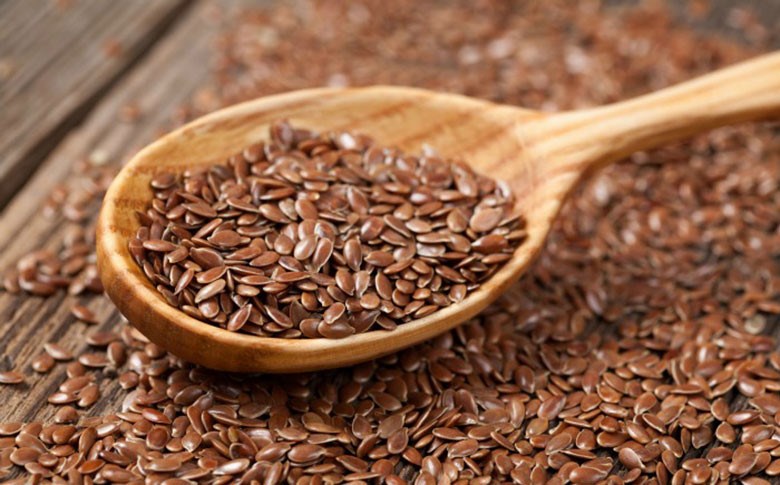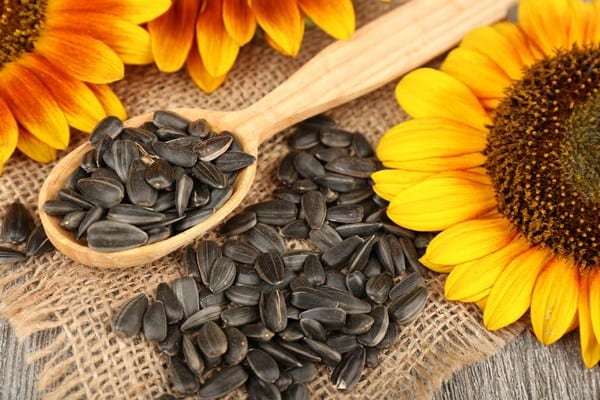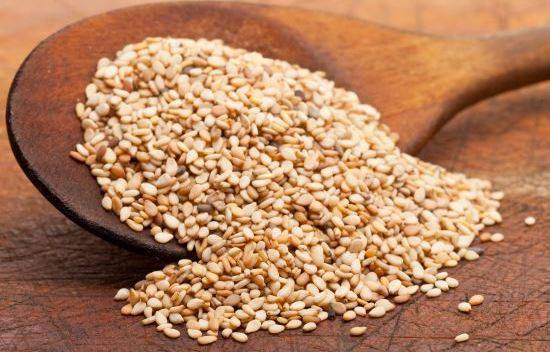The chance to sample different cuisines from different parts of the world can be as exciting as seeing the Eiffel Tower or the Northern Lights. But nobody wants to come back from a vacation all happy and then cry about not fitting into their clothes. Sometimes, you can’t tell what’s on a menu in a foreign country. Here’s a guide to choose better.
ITALIAN

Order these: Minestrone soup, chicken masala, grilled white meats (like chicken or fish), leafy salads, pasta (in tomato or marinara sauce with little olive oil and no cheese), cappuccino with skimmed milk and fruit sorbets (with no added flavours or syrups).
Skip these: Caeser salad, pasta in alfredo or bolognese sauces (or anything in a white sauce), lasanga, ravioli, cannelloni, fried calamari or anything fried, gelato, tiramisu, anything in `parmigiana’ (it’s loaded with cheese).
CHINESE
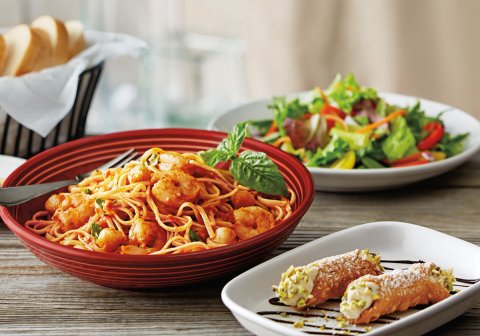
Order these: Chicken prawn vegetable suimai, seafood or vegetable cheung fun, prawn chicken vegetable dim sum, steamed bread or mushroom chicken bun, tom yum soup, wanton soup, chicken vegetable noodle soup, steamed rice, soft stewed rice with vegetables, soft stewed noodles, steamed prawns in lemon sauce, steamed fish in soya, ginger and spring onions, chicken prawn exotic vegetables in hunan or oyster sauces.
Skip these: Fried wantons, steamed dim sum in chilli oil, Peking duck, pork bun, salt and pepper fried chilli prawns, fried chilli chicken, sesame prawn toast, Szechwan chicken, chicken fish vegetarian manchurian, spare ribs, kung pao chicken potato, chowmein, lomein, anything with the word `golden’ or `crispy’ in it as that means it is fried.
JAPANESE
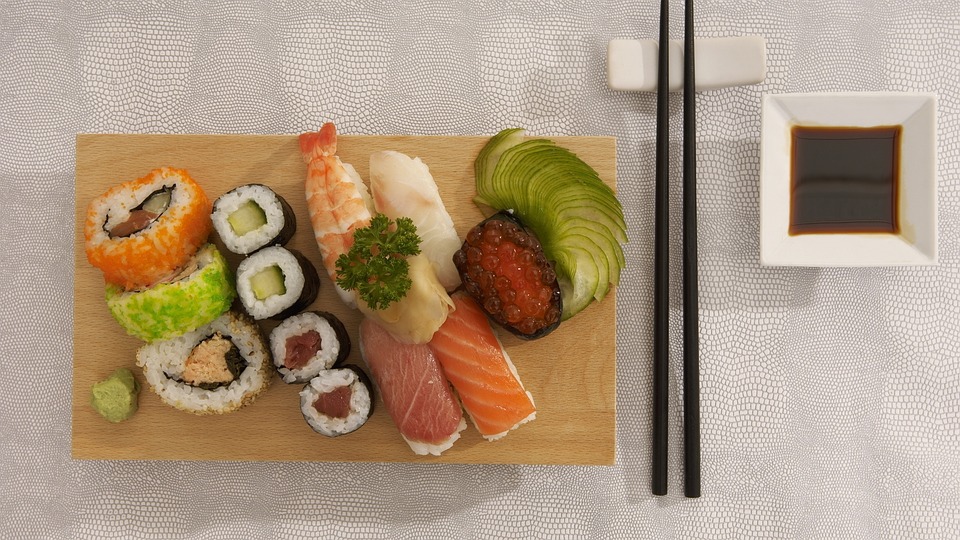
Order these: Sushi especially nigiri sushi (rice and seaweed) made with cooked crabs, salmon, bass, yellowtail, tuna, squid, scrambled eggs, tofu or vegetables, sashimi, maki rolls (raw salmon, tuna, squid or prawn) with no cheese, miso soup, oshinko, steamed edamame, teppanyaki dishes (prepared with no oil), sukiyaki dishes (cooked at the table and you can supervise the oil content), okonomiyaki pizza, broiled sea bass (or any fishseafood) with soya or ginger sauce, ocha or green tea, soba noodles.
Skip these: Tempura, dragon rolls, chicken teriyaki, yakitori, fried dumpling or gyoza, ramen noodles, breaded chicken katsu, green asparagus tempura or sautéed with soya butter, foie gras teppanyaki, sake.
MEDITERRANEAN
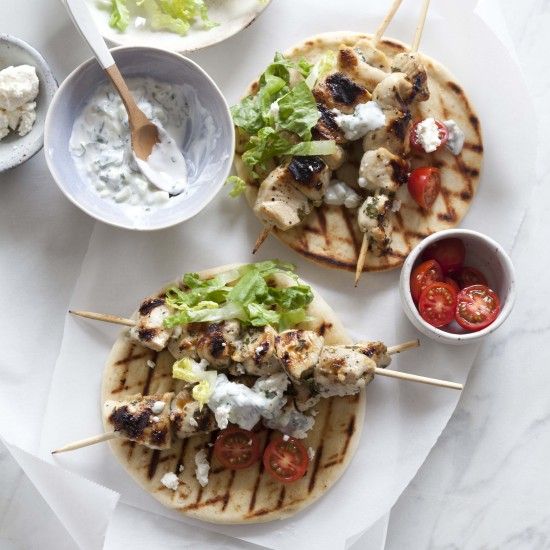
Order these: Baba ghanoush (without extra olive oil), hummus, tzatziki, Greek salad and horiatiki salads (with reduced feta cheese and dressing on the side), souvlaki, dolmades, keftedes (baked, not fried).
Skip these: Moussaka, pastitsio, spanakopita, deep fried calamari, tiropita, falafels, red pepper feta, saganaki cheese, gyro platter, baklava, baklava cheesecake.
Carry nuts and fresh fruit with you wherever you go, and steal in quick snack breaks which will help keep your blood sugar stable and make you less prone to stuffing yourself with sugary pies. And stay hydrated: the hunger and thirst centres in your brains are so closely located next to each other, sometimes you crave food when all you want is water.

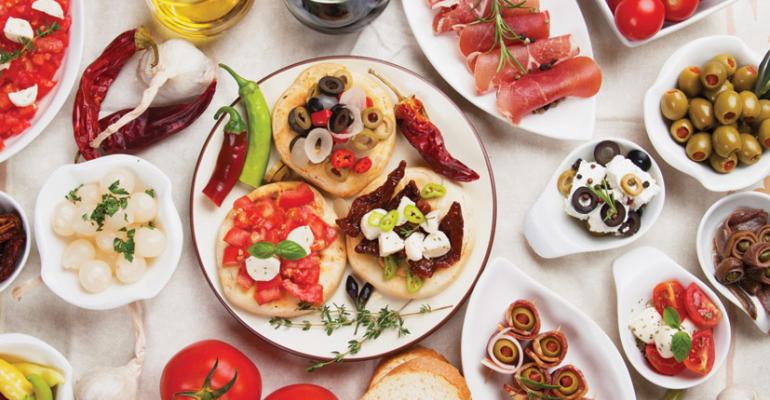

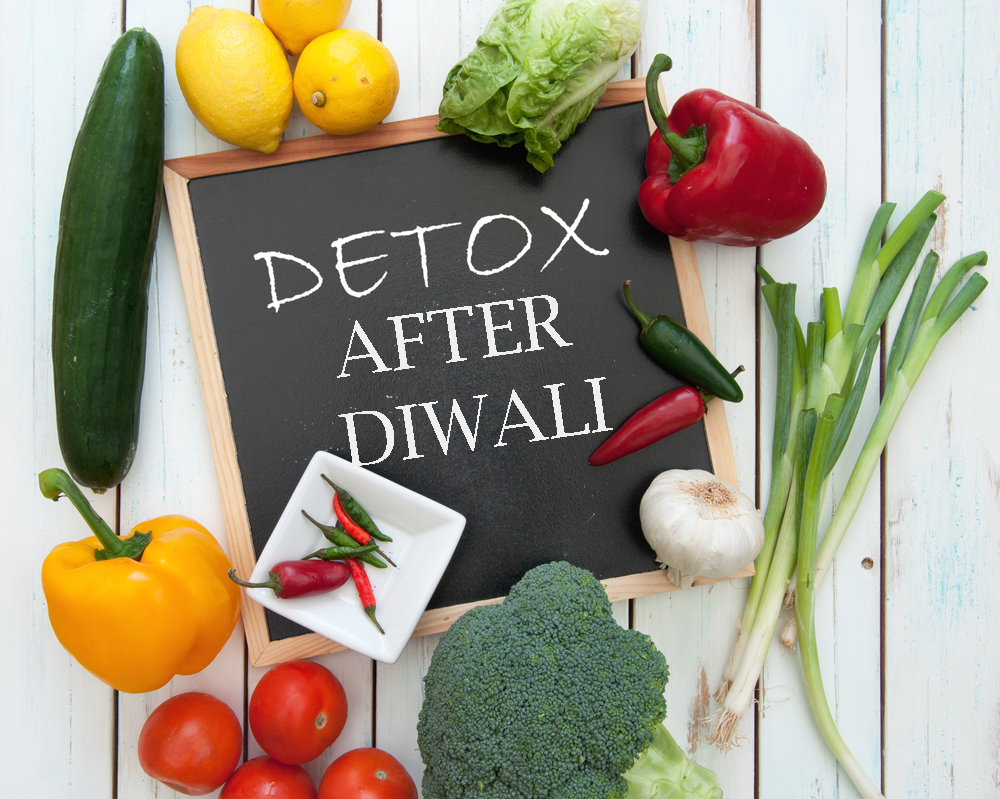

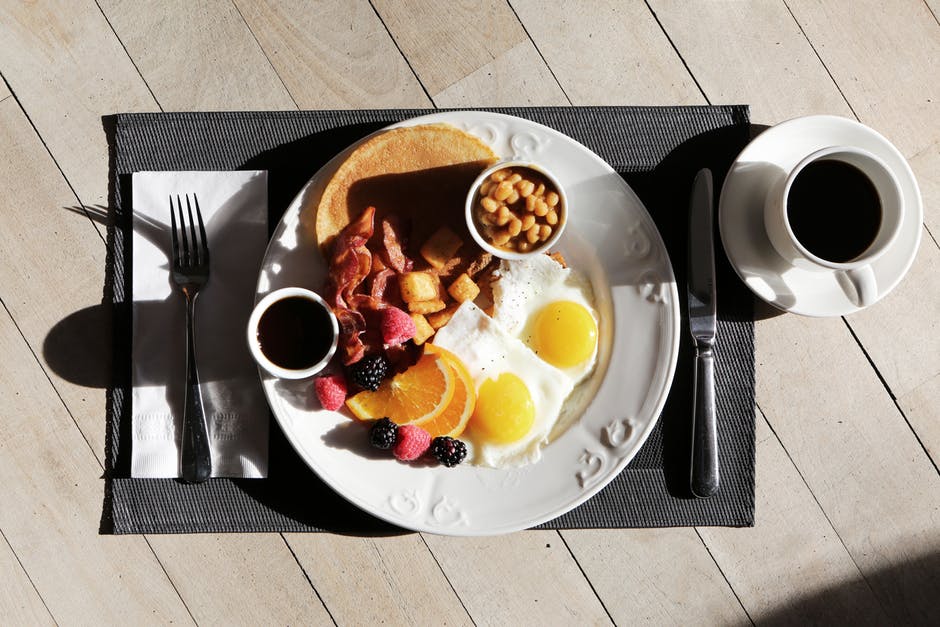
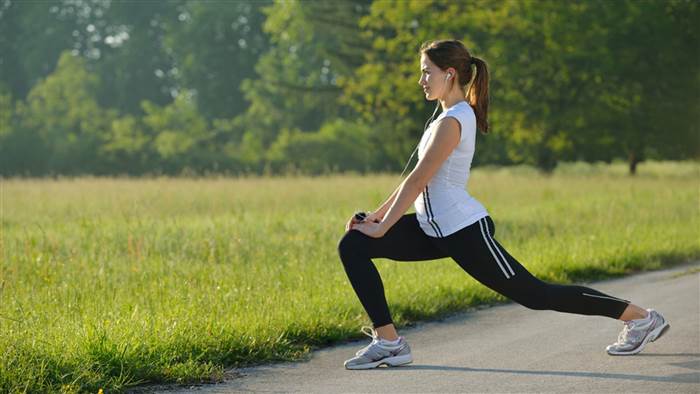

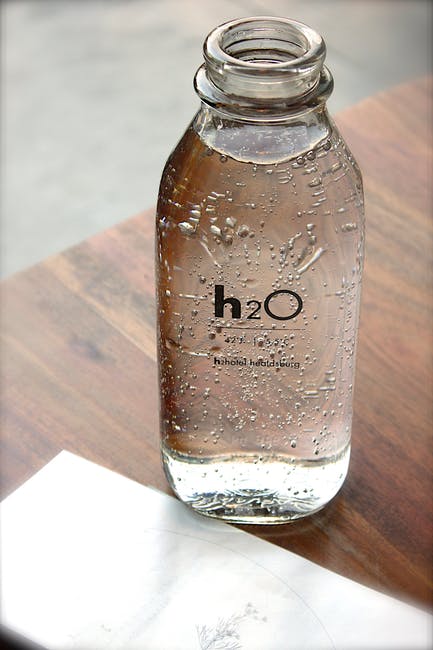
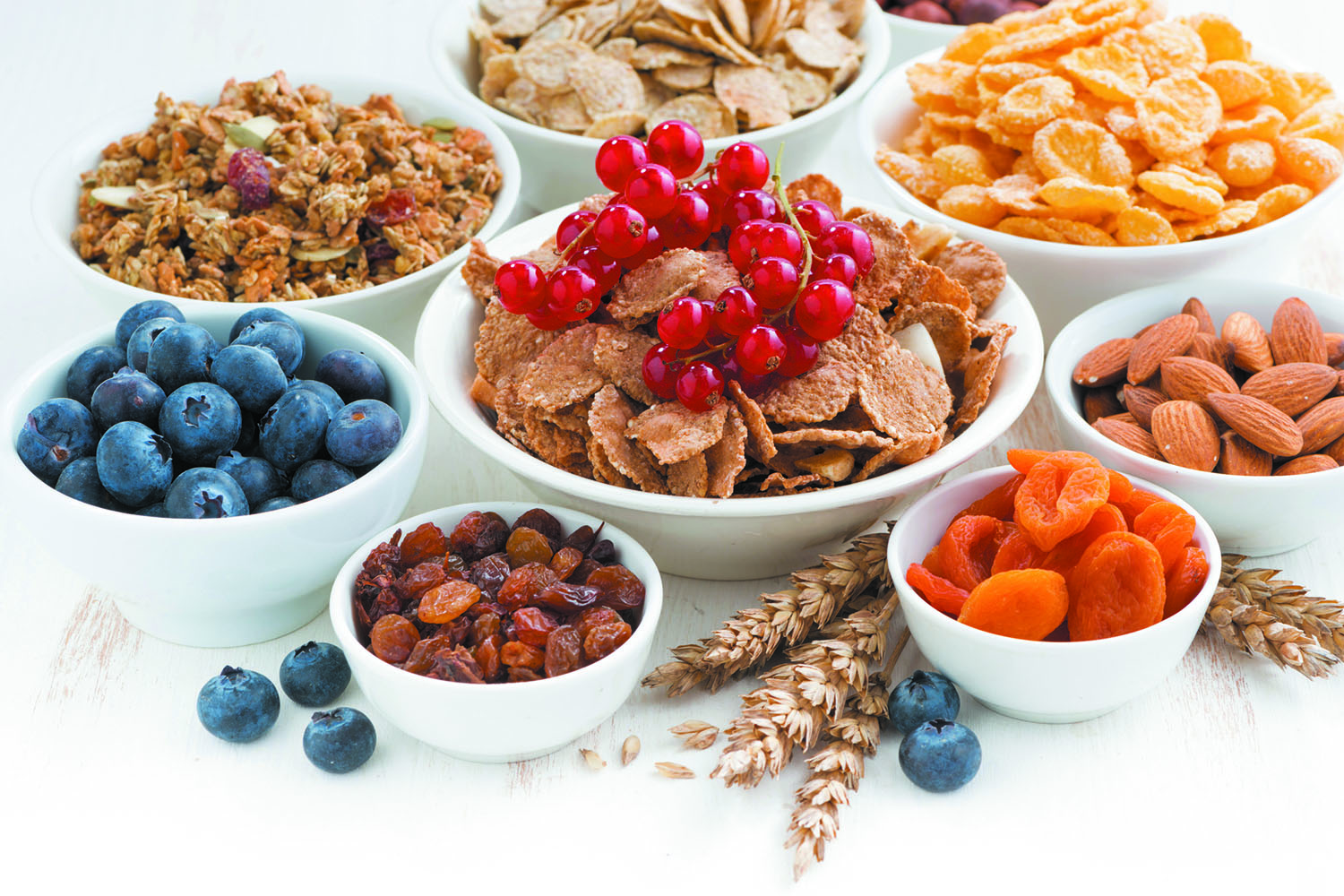
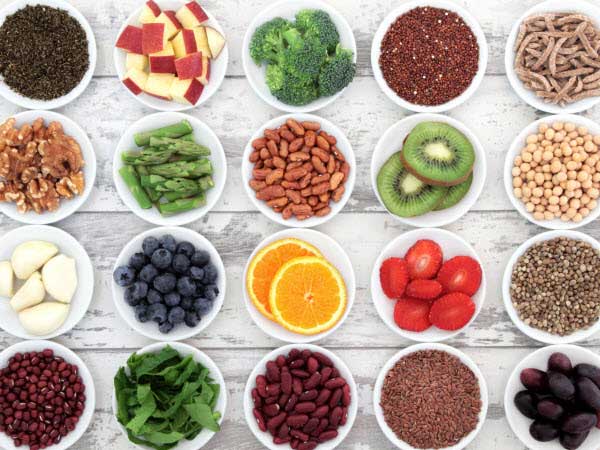


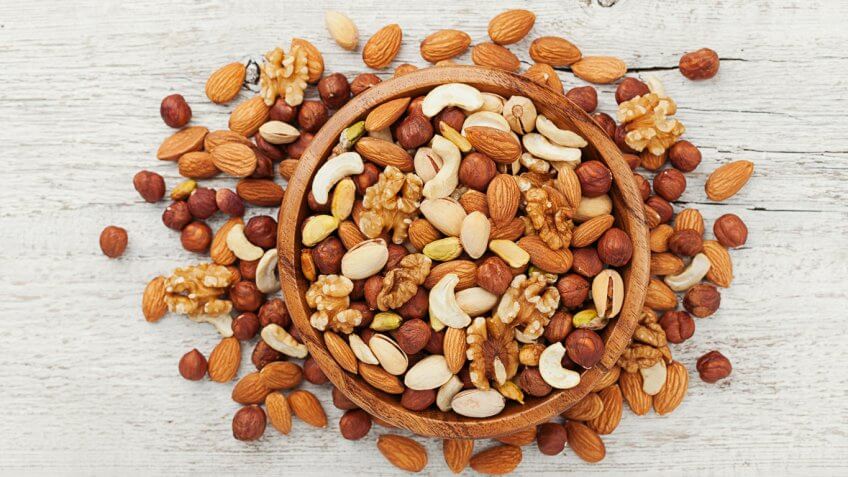
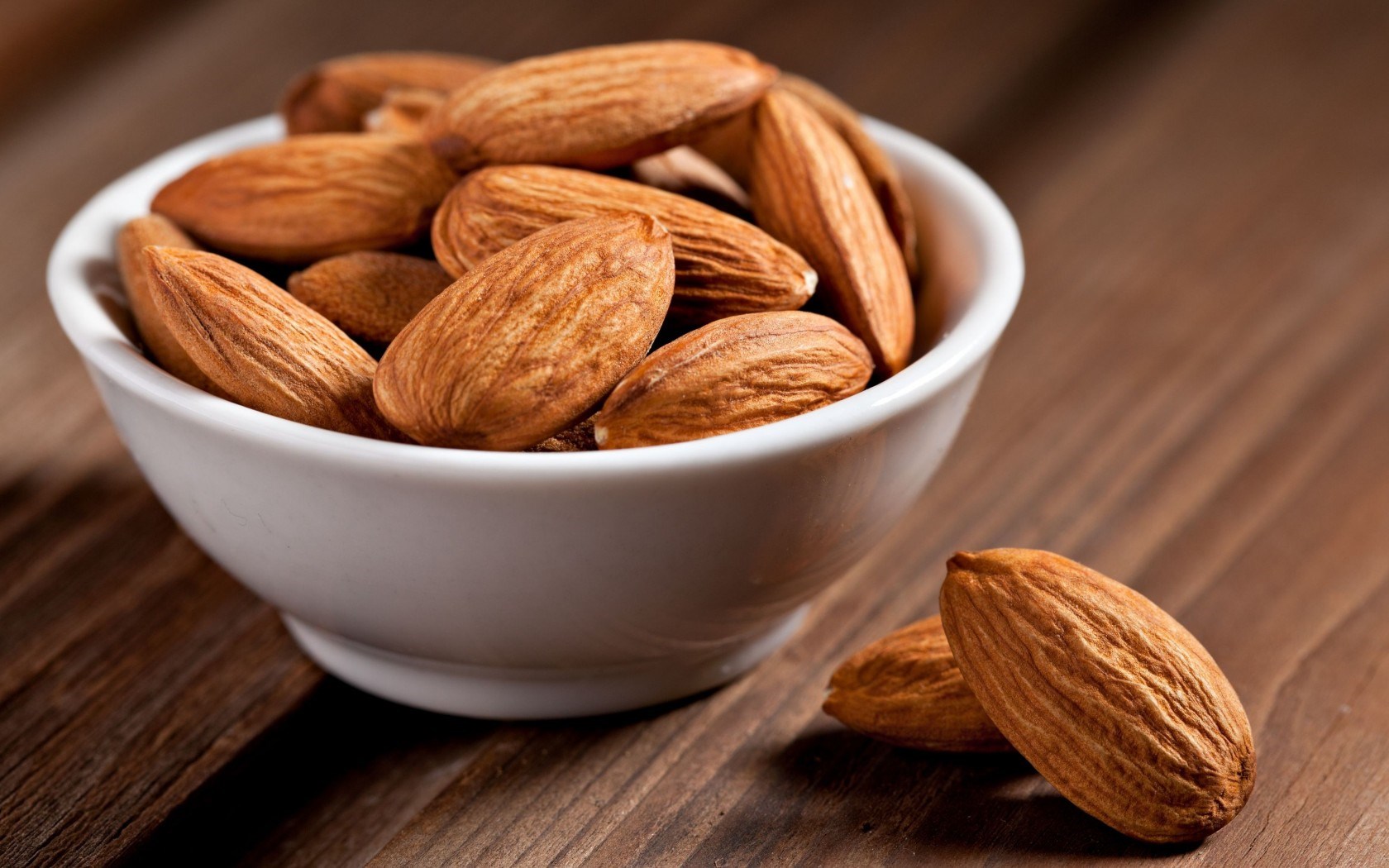 Can a high-fat food be good for you? Almonds challenge this oxymoron perfectly well. It’s rich in monounsaturated fatty acids that have a heart-protective role and are excellent for your brain and skin health. Almonds are also rich in Vitamin E, magnesium and potassium, all of which go hand in hand to maintain normal blood pressure, improve blood circulation and maintain healthy heart function. Trace minerals like copper and manganese found in almonds have added to their health quotient. Both copper and manganese are needed in very small quantities, but have an important role to play. Eat in small quantities (4-7 pieces) daily to get a whole entourage of health benefits.
Can a high-fat food be good for you? Almonds challenge this oxymoron perfectly well. It’s rich in monounsaturated fatty acids that have a heart-protective role and are excellent for your brain and skin health. Almonds are also rich in Vitamin E, magnesium and potassium, all of which go hand in hand to maintain normal blood pressure, improve blood circulation and maintain healthy heart function. Trace minerals like copper and manganese found in almonds have added to their health quotient. Both copper and manganese are needed in very small quantities, but have an important role to play. Eat in small quantities (4-7 pieces) daily to get a whole entourage of health benefits.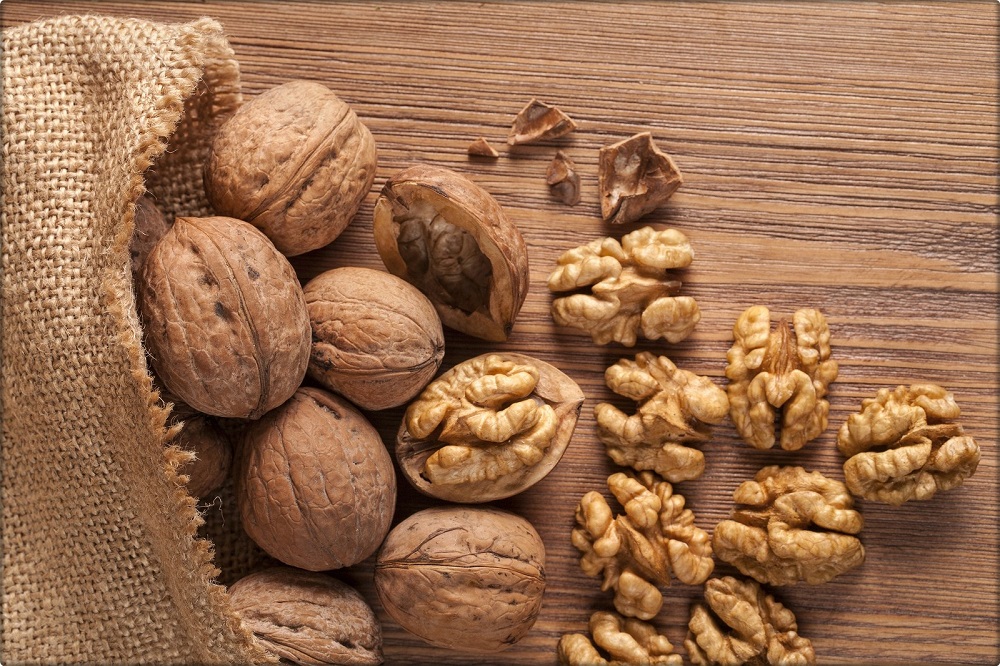 The outer layer of the shelled walnut -the white-ish, flaky, sometimes waxy part has a bitter flavour. But resist the urge to remove it. Research shows that 90 per cent of the antioxidants -including the phenolic acids, tannins, and flavonoids -are found in the skin.Walnuts are excellent sources of Vitamin E in a form that is unusual to find gamma-tocopherol. It has a major cardio-protective role. Along with great taste and health benefits, they are sources of monounsaturated fats and Omega-3 fatty acids. Add them to salads, desserts or just pop , them daily (3-4 halves).
The outer layer of the shelled walnut -the white-ish, flaky, sometimes waxy part has a bitter flavour. But resist the urge to remove it. Research shows that 90 per cent of the antioxidants -including the phenolic acids, tannins, and flavonoids -are found in the skin.Walnuts are excellent sources of Vitamin E in a form that is unusual to find gamma-tocopherol. It has a major cardio-protective role. Along with great taste and health benefits, they are sources of monounsaturated fats and Omega-3 fatty acids. Add them to salads, desserts or just pop , them daily (3-4 halves).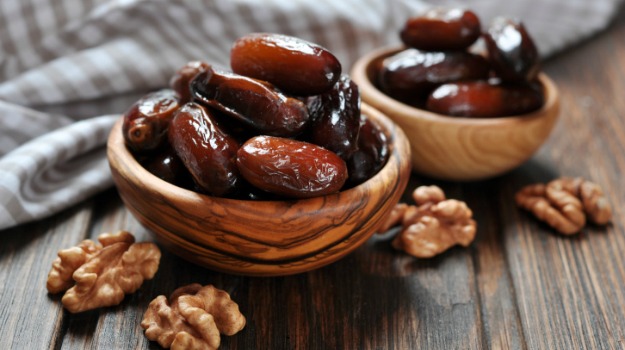 Incredibly delicious, dates are one of the most popular fruits packed with an impressive list of essential nutrients, vitamins and minerals, required for normal human growth, wear-n-tear and overall wellbeing. Rich in fructose and dextrose, dates provide simple sugars easily and are a good way to start the day and jump-start the body’s metabolism. Enjoy 1-2 medium-sized dates daily. Over indulgence can turn the tables on you.
Incredibly delicious, dates are one of the most popular fruits packed with an impressive list of essential nutrients, vitamins and minerals, required for normal human growth, wear-n-tear and overall wellbeing. Rich in fructose and dextrose, dates provide simple sugars easily and are a good way to start the day and jump-start the body’s metabolism. Enjoy 1-2 medium-sized dates daily. Over indulgence can turn the tables on you.